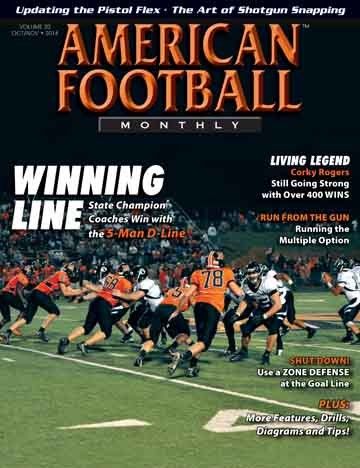Article CategoriesAFM Magazine
|
Strength Report: How to Use Weighted Sleds for Explosive Accelerationby: Jim KielbasoDirector of the Total Performance Training Centers (MI) © More from this issue There are numerous products designed to increase speed, but one of the most effective, versatile and easiest to use is the weighted sled. The research on resisted sled sprinting has changed over the years, creating a lot of confusion for coaches. Fortunately, recent information has shown that proper use of these sleds can have a positive effect on an athlete’s ability to accelerate – the most important aspect of football speed. When examining acceleration mechanics, we nee....The full article can only be seen by subscribers.
|
|
|||||||
| HOME |
MAGAZINE |
SUBSCRIBE | ONLINE COLUMNISTS | COACHING VIDEOS |
Copyright 2025, AmericanFootballMonthly.com
All Rights Reserved





